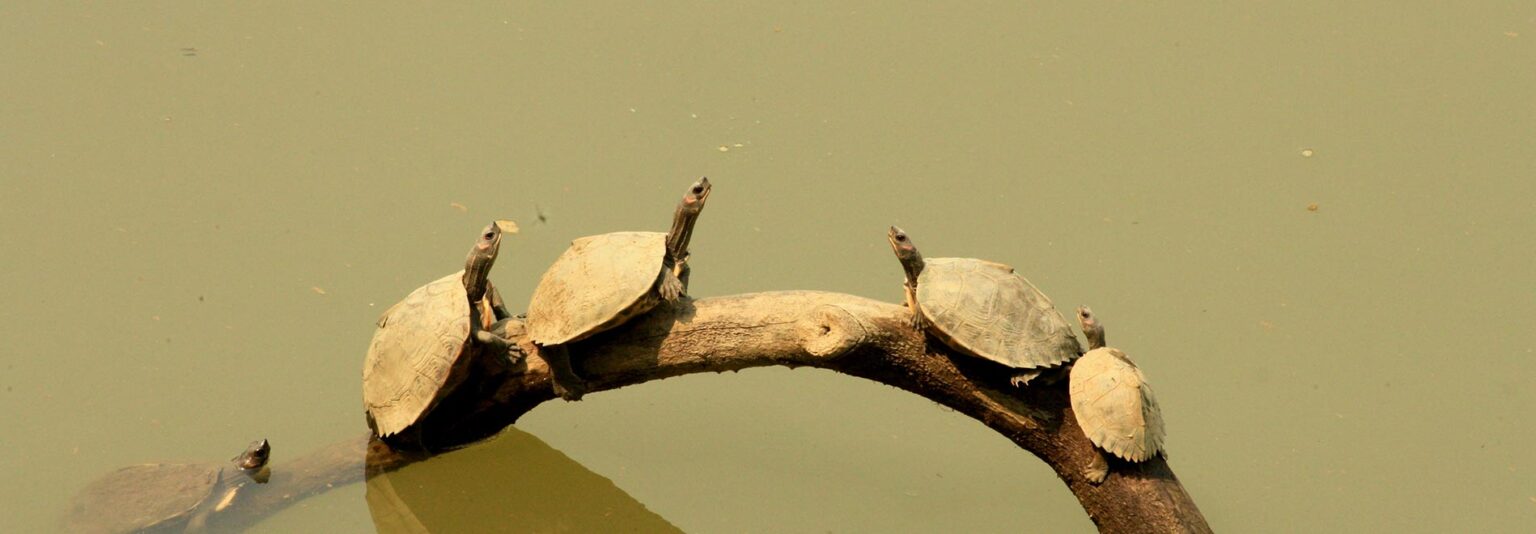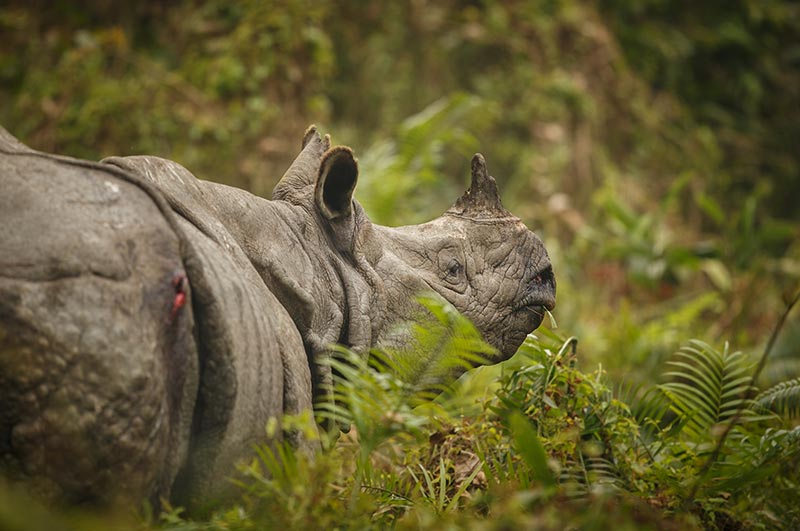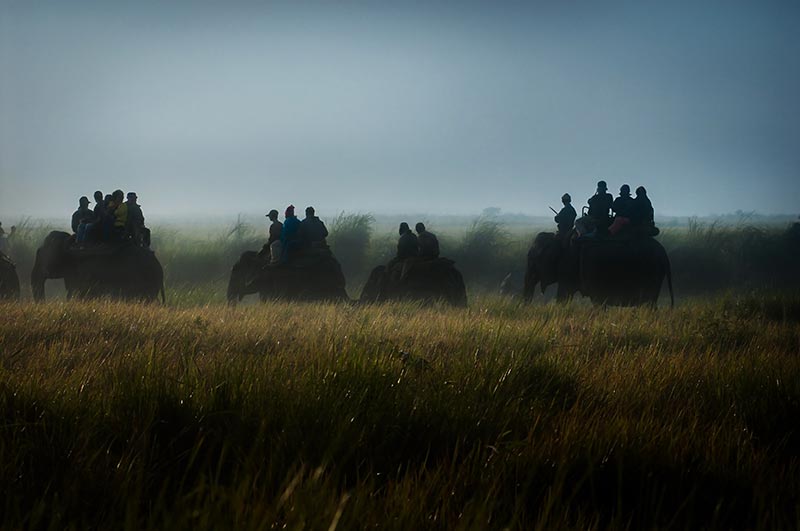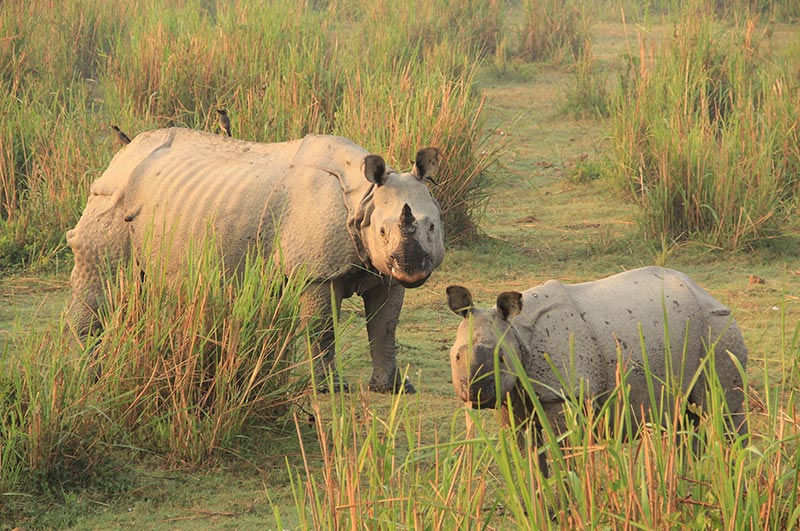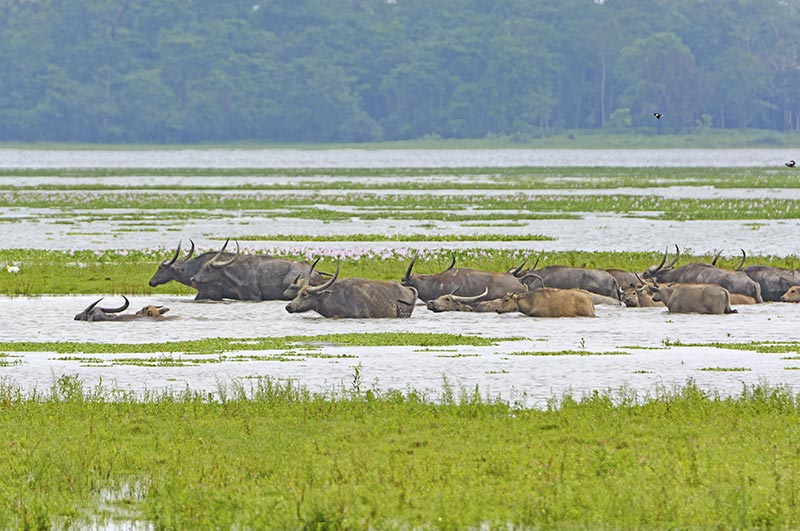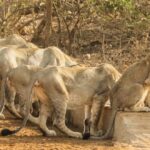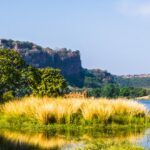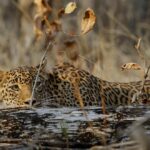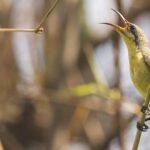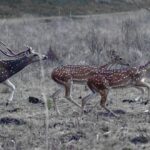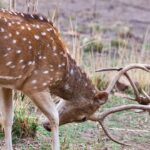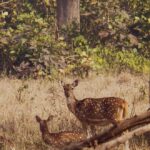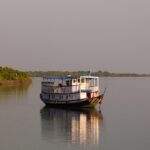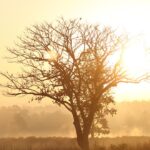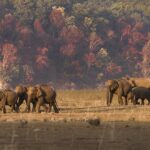Kaziranga National Park: visiting the Rhino’s
India is the kaleidoscope of culture, traditions, ethics, festivals, wilderness and so much more. The dazzling natural beauty of India is the most intriguing treasure of India. Our culture inculcates us with the habits of respecting and worshipping our nature.
The north-eastern states of India are true adobe of beauty and these beautiful states enrapture the traveller with awe. Lying on the bank of Brahmaputra is the most treasured beauty of Assam – Kaziranga National Park. The national park is known for its wildlife conservation efforts and one-horned Rhinoceros.
Geography of
The lush Kaziranga National Park is situated by the bank of river Brahmaputra and spans across two districts of Assam – Golaghat and Nagaon. The existing cover area of the Kaziranga National Park spans across 430 square kilometres.
The refuge for the world’s largest population of Great one-horned Rhinoceros has the highest density of tigers in the world.
The climate of Kaziranga National Park
The national park experiences a moderate climate. The summers in Kaziranga National Park starts in February and ends by May itself. The park experiences a varying temperature of 7°C to 37°C.
Monsoon in Kaziranga is all rainy as the mid-valley of Brahmaputra is considered to be one of the rainiest places in the world. The months from June to September brings in heavy rainfall, approximately 2,220 millimetres (87 in), in the region. Rain causes the Brahmaputra to overflow and thus the park becomes inaccessible during monsoon.
The winters in Kaziranga National Park are mild and dry. The winters start in November and end by February. The temperature variation noted in the region during this time is from 5°C to 25°C.
Best time to visit Kaziranga National Park
The Kaziranga national park is closed for visitors from 01 May till 31 Oct every year due to flooding due to excessive rain.
Thus the best time to explore Kaziranga National Park is upon the onset of winters in November till the month of May. Chances of spotting rhinos are more in winter as the grass burn off and the background becomes clearer.
How to reach Kaziranga National Park?
The world famous UNESCO heritage site is visited by flocks of tourists from across the globe. Thus, the government has ensured that the famous reserve for rhinos can be easily accessed through all modes of transport.
- By air – The nearest airport to Kaziranga National Park is at a distance of 96 km in Jorhat town. Another one is located in Guwahati, 225 Km away to the west of Kaziranga. Taxi services ply from the airport which takes you to Kaziranga.
- By rail – Furkating on the east is the nearest railhead, about 80 km away. Another railway station is at Jakhalabandha, located at distance of 40 km that operates a train once in a week.
Best places to stay near Kaziranga National Park
The resorts and hotels of Kaziranga have a wild yet comfy vibe. Few of the popular lodges, hotels and resorts are listed below:
- Diphlu River Lodge
- Resort Borgos, Kaziranga
- Wild Grass Lodge
- Kaziranga Resort
- Aranya Tourist Lodge
- Heritage Nest Resort
- Wild Mahseer
- United 21 Grassland Resort
Flora of Kaziranga National Park
The versatility of wilderness and swampy lagoons at Kaziranga is the most alluring part of the national park. The sprawling area of the Kaziranga national park is sprinkled with elephant-grass meadows.
The Kaziranga National park is termed as a “Hotspot of Biodiversity” as it is surrounded by the floodplains of River Brahmaputra that helps in the nourishment of the land.
The Kaziranga National Park offers the sight of four different type of vegetation, namely, alluvial inundated grasslands, alluvial savanna woodlands, tropical moist mixed deciduous forests, and tropical semi-evergreen forests.
The striking feature of Kaziranga National Park is an array of charming flowers and the aquatic flora includes lotus, water lilies and water hyacinth give the park an aura of its own.
Fauna of Kaziranga National Park
The dense forests of Kaziranga National Park are home to more than 2200 Indian one-horned rhinoceros, approximately 2/3rd of their total world population. The Kaziranga national park is an exemplary example of wildlife conservation as out of 35 mammals residing in the park 15 are endangered according to the IUCN Red List.
Along with the one-horned rhinoceros, you can also spot Fishing Cat, Leopards and Jungle Cat, small Indian Mangoose, Gray Mongoose, Tiger, Hispid Hare, Golden Jackal, Bengal Fox, Sloth Bear, Civets, Chinese Pangolin, Elephant, wild Asiatic water buffalo, swamp deer, Gaur, Sambar and Indian Pangolins.
The park is also a prominent Bird Sanctuary hosting 479 species of migratory & resident birds out of which 25 are globally and 21 are locally threatened species. The Kaziranga National Park is also known internationally for the conservation of avifaunal species.
Apart from this, the park also hosts 42 species of reptile which includes the about to extinct species like Assam roofed turtle and gharial. The endangered Ganges Dolphins are sheltered in the floodplain of River Brahmaputra.
Safaris at Kaziranga National Park
The forest department in Kaziranga National Park offers two exclusive safaris like Elephant Safari and Jeep Safari to relish the mesmerising wilderness of Kaziranga. But before we enlighten you with the safari details make sure you book your safari prior to your visit.
Elephant safari –
Sitting on the top of these cute large animals is delightful in itself, but the ambiance of Kaziranga National Park makes it more tasteful adding flavours of adventure and joy to your safari. The Forest Department organizes safari twice a day i.e. morning and evening, and only 4 tourists and one mahout can be seated on one elephant.
Elephant Safari timing:
| Range | Morning session | Afternoon session | |
| 1. | Burapahar Range, Ghorakati | 5:30 to 7:30 | 15:00 to 16:00 |
| 2. | Eastern Range, Agaratoli | 5:30 to 7:30 | 15:00 to 16:00 |
| 3. | Kazirana Range, Kohora | 5:30 to 7:30 | 15:00 to 16:00 |
| 4. | Western Range, Bagori | 5:30 to 7:30 | 15:00 to 16:00 |
Jeep Safari –
Jeep safari offers an exclusive trip in the wilderness of Kaziranga National Park. The forest department arranges two shift of jeep safari for its visitors and only 6 people are allowed on a jeep. The jeep safaris are subject to weather and road condition in the months of May & October.
Jeep safari timings:
- Morning Jeep Safari: 07: 09:30
- Afternoon Jeep Safari: 13:30: 15:30
The Kaziranga National Park is a perfect place to enjoy and let youself flow. Savour the tranquillity and peace of the place to enjoy life and nature.

